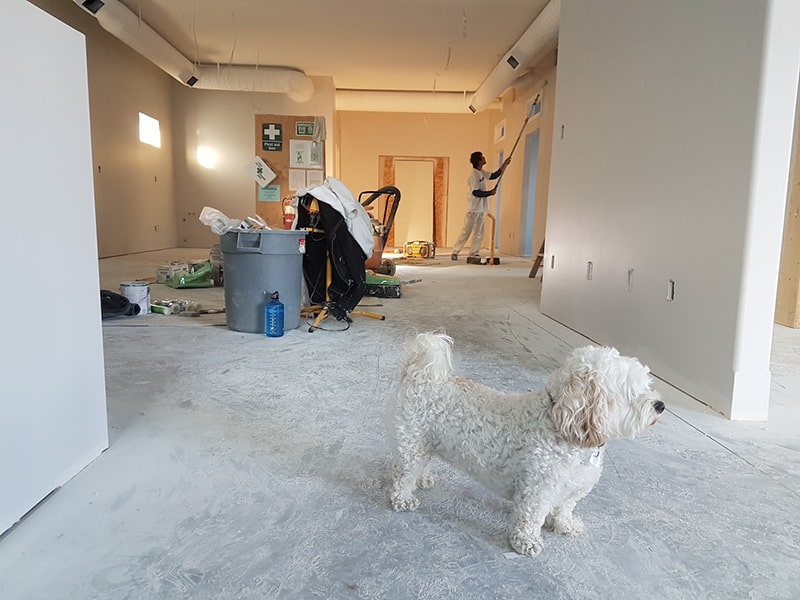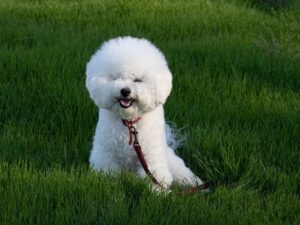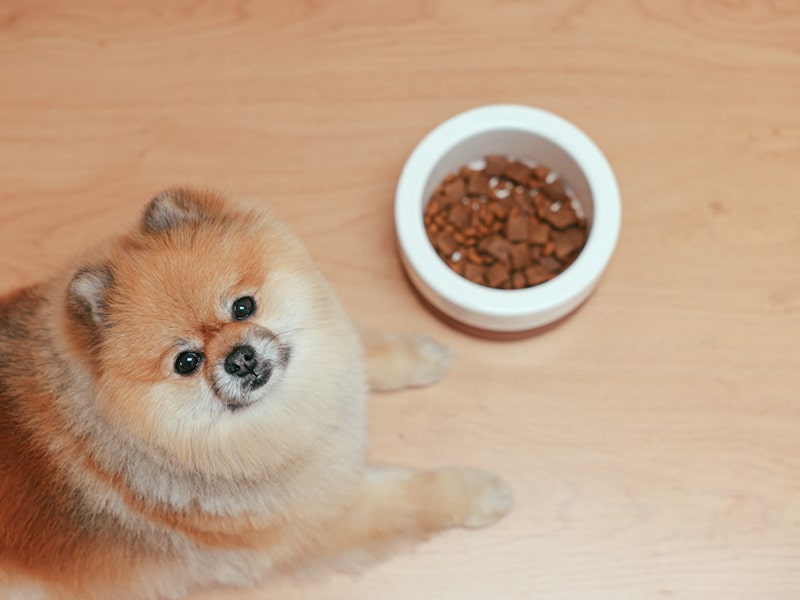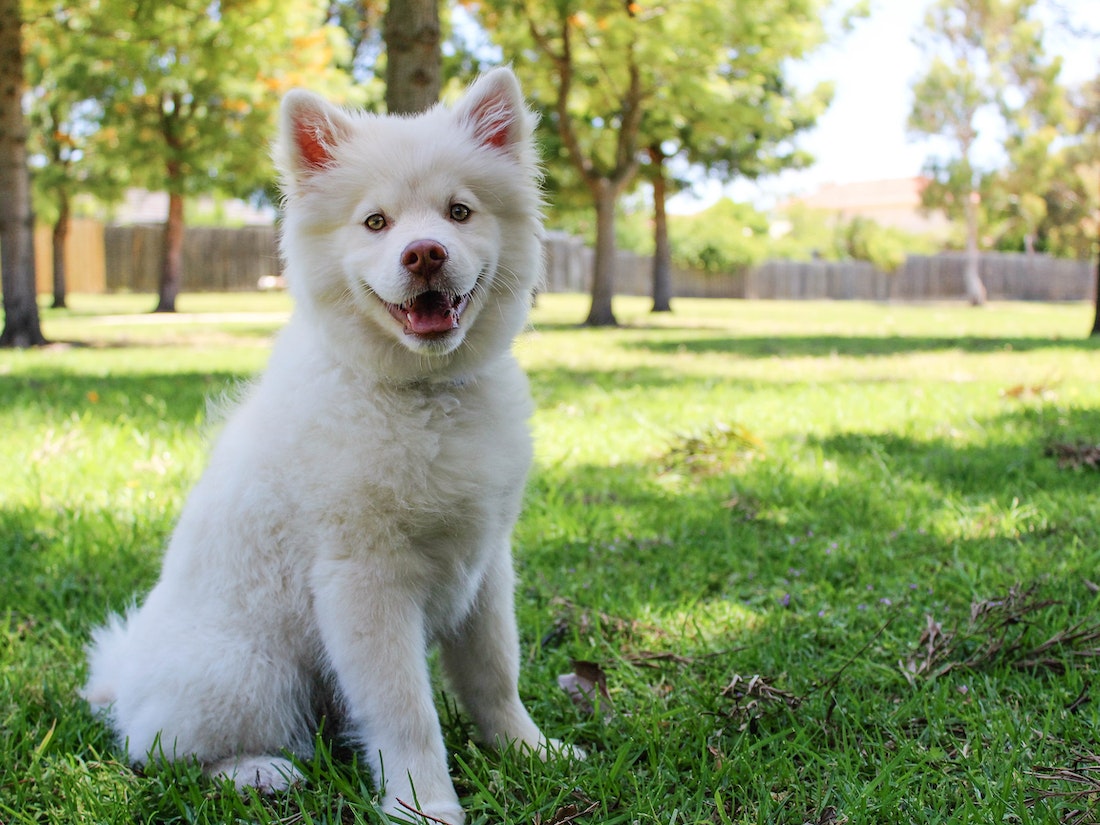Are you worried about your dog’s fur everywhere in the house? You love your dog but don’t like piles of lint on your clean clothes, right? If so, your dog might be suffering from excessive shedding.
Although shedding is normal in canines, your dog replaces the loose old fur with new hair. But it can be frustrating for owners to live in a sea of fur balls.
Below are the causes of excessive shedding and tips to reduce dog shedding. So, jump in to find out how to minimize excessive shedding in dogs.
What causes Excessive Shedding in Dogs?
All canines reduce the amount of fur seasonally and occasionally. Your dog sheds more in spring to survive in warm weather. The coat becomes fluffy in winter to maintain your pet’s body temperature.
Here are some causes of excessive shedding in dogs.
Dehydration
Dehydration causes dry skin and causes excessive shedding in dogs. Indoor pets don’t feel much thirst because indoor temperature is maintained via heating or cooling.
In addition, the heating system also removes excess moisture from canine skin and even from human skin.
Poor Diet
Often, dogs only like to eat the same food daily because they are not used to eating various foods from puppyhood. A diet deficient in nutrients such as minerals, vitamins, and omega-3 fatty acids causes hair loss in dogs.
Allergies
Your dog might be allergic to dust mites, pollen, or certain foods. Besides itching and scratching, canines experience different symptoms when exposed to allergens.
Breeds
Some dog breeds have a thick, dense coat that sheds more than others. German Shepherds, Chow Chow, Labrador Retriever, Siberian Husky, Corgis, and Alaskan Malamute breed experience excess fur loss.

Underlying Medical Conditions
Some canines lose excess hair due to underlying medical conditions such as thyroid, diabetes, cancer, parasites, fleas, fungal infections, skin allergies, etc. These conditions cause skin inflammation, and your dog pulls excess hairs while scratching.
Negligence
Some owners neglect their pets and fail to care for a dog’s grooming needs, such as bathing and daily brushing. Your canine friends may shed more if you don’t brush them daily.
Neglecting your dog’s coat results in mats, tangles, bald patches, and fungal infections.
Stress
Changes in routine and environment cause stress in pets. Dogs also lose more fur if you move to a new house, change in walk or food routine, or bring a new pet home.
9 Tips to Reduce Shedding in Dogs
Pet hairs collect dander, urine, and saliva, which cause allergic reactions. Every 3 out of 10 people in the US have dog and cat allergies. Therefore, one should keep pet allergies in mind before bringing them home.
Below are some tips to minimize shedding in dogs. Have a look to know more.
Select Breeds that Don’t Shed
If you want to avoid the potential dangers of pet allergies in your home, choose dog breeds that don’t shed more. Here are some dog breeds that experience minimum fur loss. Consider buying them if you are hypoallergenic.
 Poodles
Poodles- Irish Water Spaniels
- Afghan Hounds
- Portuguese Water Hounds
- American Hairless Spaniel
- Brussels Griffen
- Bichon Fries
- Beagles(Moderate Shedders)
- Fox Terrier
Brush Your Dog Everyday
Some dogs need daily brushing, while others need it once a month. Brushing is the easiest way to reduce excessive shedding in dogs. It reduces loose fur and keeps your dog’s coat tangle free and clean.
Select the right brush depending on your dog’s coat type:
- Use a widely spaced brush with longer bristles for longer coats.
- A slicker brush with fine wire bristles is suitable for removing mats and tangles.
- Rubber curry combs are good for short-haired breeds.
- Use a wire pin brush for medium to long curly and woolen coats.
- Shedding tools are closely spaced brushes with stainless steel. You can use shedding tools to remove your dog’s undercoat.
Don’t forget to dump the furballs in a trash bag.
Seek Help for Allergies
If your dog has a skin allergy, contact a vet to uncover the cause. The symptoms will improve once your pet friend gets allergy treatment. Plus, avoiding allergens helps in reducing hair loss.
Control External Parasites
Several external parasites, such as fleas, ticks, and mites, cause bald patches and hair loss in dogs. Contact a vet if you notice parasitic infestation in your dog’s coat.
Control the infestations using vet-recommended flea relief shampoo and medications.
Keep Your Dog Hydrated
Your dog should drink one ounce of water per pound of its body weight daily. It means a 20-pounds dog needs 2 cups of water daily to stay hydrated. Keep an eye on its water intake. Your pet canine’s hydrated coat prevents excess shedding.
Take Care For Grooming Needs
Consider clipping if your dog has a heavy coat that sheds more in hot weather. Avoid doing it at home and hire a professional groomer. You can opt for a mobile groomer if your pet canine gets stressed at the groomer’s place.
Give Your Dog Frequent Baths
If your dog is a heavy shedder, bathe him twice a month. Ensure to brush your dog before the bath and remove as many hairs as possible before getting it wet. Bathing your pet removes dead fur and cleans the coat.
Remove excess water with a towel and then blow dry your furry friend. Keep brushing the dog’s coat outwards to get all the loose fur.
Use dog shampoos and conditioners with omega-3 fatty acids to moisturize your pet’s skin and stimulate healthy follicles.
Feed a High-Quality Food

A completely well-balanced dog food rich in vitamins and minerals is crucial for your dog’s healthy coat. Omega-3 fatty acid supplements are good for your dog’s hair growth, heart, and immune system. Talk to your vet before introducing any dietary supplement to your dog’s diet.
Quickly Remove the newly Shed Hairs
Newly shed dog fur is easy to remove; otherwise, it sticks to Sofa and car seat cover fabric. Ensure to cover your furniture and car seats with washable fabric. Vacuum often to remove freshly shed hairs.
Final Thoughts
Hopefully, the tips to reduce dog shedding will help you get rid of lint balls at home. Dog shedding is a normal process in which your pet loses fur to adapt to changing weather.
However, there may be other causes of excess sheddings, such as underlying medical conditions, breed, negligence, and low-quality dog food. Keep your buddy hydrated, use quality dog feed and supplements, bathe often, and care for its grooming needs.




